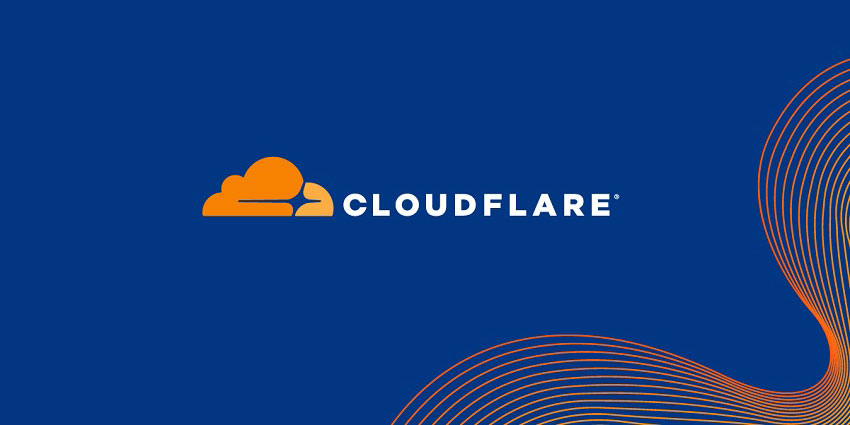Over 7.5 million active websites and applications across the globe use Cloudflare to help optimize performance and enhance security — in fact, ranked by traffic, almost a third of the world’s most popular websites use this renowned CDN and DDoS mitigation platform. With that many users worldwide, it’s clear that Cloudflare is more than a little significant in the realms of content delivery and cybersecurity. But just what is Cloudflare? What is a CDN? And how does this widely-adopted platform actually work?
What is Cloudflare?
Simply put, Cloudflare is a content delivery network (a CDN, for short), which means to really understand what Cloudflare is, we first need to define what we mean by a CDN. Well, a CDN is made up of a group of geographically-diverse cloud servers that work together to speed up the delivery of content over the internet. Content such as images, JavaScript and HTML are temporarily stored (cached) on these servers and delivered as soon as a user loads a website or a page. And since loading speeds are often impacted by the geographical proximity of a server, CDNs reduce latency (the time it takes for data to pass from one point to another) by spreading these servers far and wide.
Cloudflare (which was introduced in 2010) acts as a reverse proxy, which means it serves as an intermediary between a client and a server. Storing web content on the closest edge server (which performs computation at the “edge” of a given network), boosts transfer speed and minimizes latency by ensuring the shortest possible distance between a user and a website or application. But Cloudflare isn’t just a CDN; using this intermediary approach, Cloudflare can identify and block malicious traffic and intercept denial-of-service (DDoS) attacks (where cybercriminal attempts to disrupt the performance of a server or network by flooding it with traffic), meaning it also offers robust protection.
How Does Cloudflare Work?
As we’ve identified, Cloudflare can be referred to as a reverse proxy: essentially, this means all traffic and requests made to a website or an application are routed via one of several Cloudflare servers, which are stored across 200 worldwide data centers around 100 strategically-located countries. When a visitor attempts to access your site, Cloudflare does two things:
1. It retrieves cached data (and any static resources) about a website or application and delivers it to the user via the most appropriate server based on their location, which ensures the content loads smoothly and without delay
2. It scans the request, checking for any signs of malicious activity, blocking suspicious IP addresses, filtering out requests from ‘bots’ and mitigating DDoS-type attacks — thus ensuring the website is protected against threats at the edge of the network
Now, while Cloudflare can help to reduce latency and improve security, it doesn’t host websites. Thankfully, given the popularity of Cloudflare, there’s no shortage of viable providers that natively support it. Some even include it. Since early 2022, Cloudflare has partnered with managed hosting provider Cloudways to offer high-security hosting, granting each user (regardless of pricing plan) access to Cloudflare Enterprise features.
Keep this in mind: though caching data with Cloudflare can speed up content delivery, it won’t have a huge impact on your overall hosting speed, and it certainly won’t make up for a weak low-end hosting service. There’s little point, then, in pairing Cloudflare with the cheapest hosting option you can find. You need a solid technical foundation.
Features of Cloudflare
As we’ve explained, Cloudflare isn’t simply a CDN; the platform is equipped with a varied suite of features and functions (depending on the monthly plan you select) aimed at boosting website performance and security.
- Domain Name System (DNS): Cloudflare’s 1.1.1.1 is a public DNS resolver that offers a fast (the fastest DNS resolver available, according to Cloudflare) and private way to browse the web
- Load Balancing: By routing traffic to the most appropriate servers based on location and availability, Cloudflare ensures optimal reliability and an enhanced user experience (UX)
- DDoS Protection: Offering robust protection against distributed denial-of-service (DDoS) attacks, Cloudflare reportedly blocks over 50 billion threats daily
- Web Application Firewall (WAF): All requests are filtered through Cloudflare’s customizable Web Application Firewall, to protect against attacks like SQL injection and cross-site scripting (XXS)
- Rate Limiting: Cloudflare automatically detects and mitigates excessive request rates for specific URLs (or for an entire domain), protecting against DDoS and brute-force attacks
- Uptime SLA: With its Business and Enterprise packages, Cloudflare guarantees 100% uptime for websites and applications
- Enterprise Add-on: Through this tool, web hosting providers can offer advanced security features like DDoS protection and web application firewalls are included as standard in their hosting plans.

